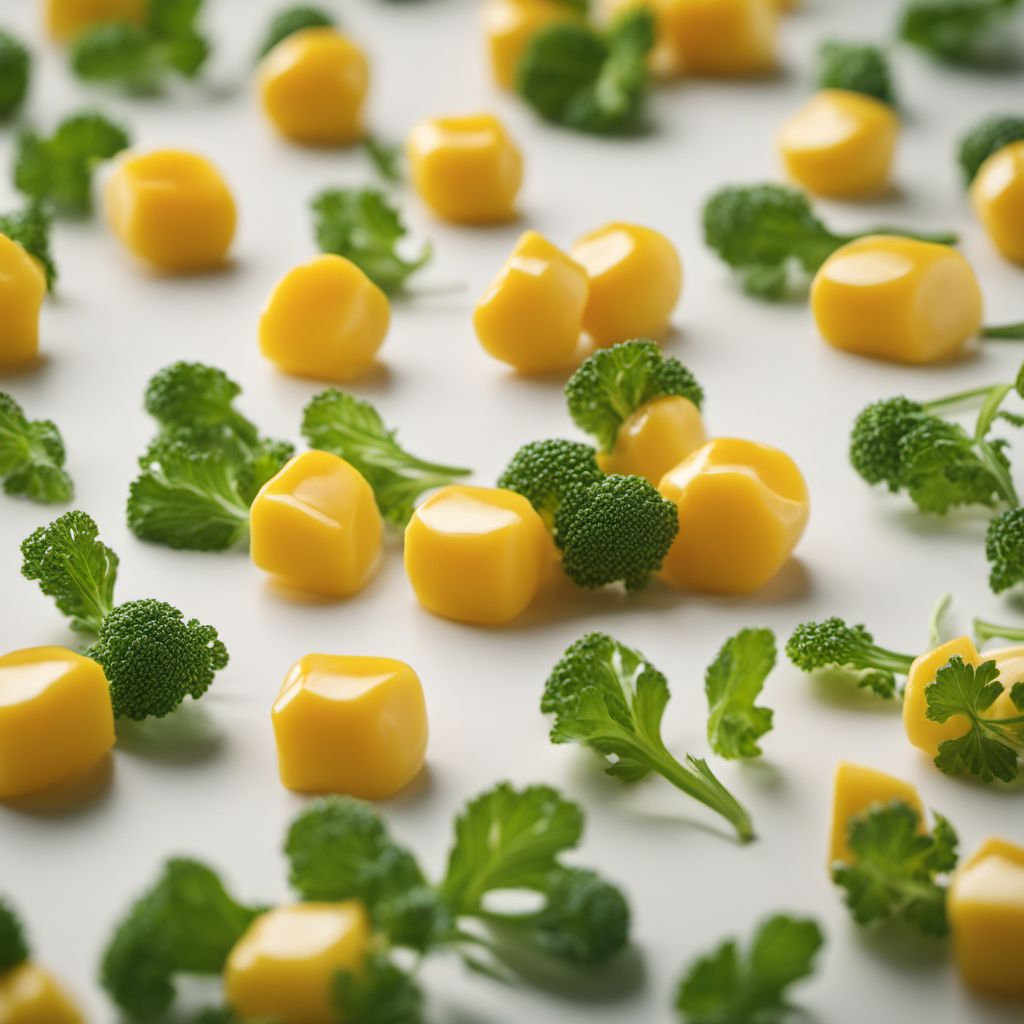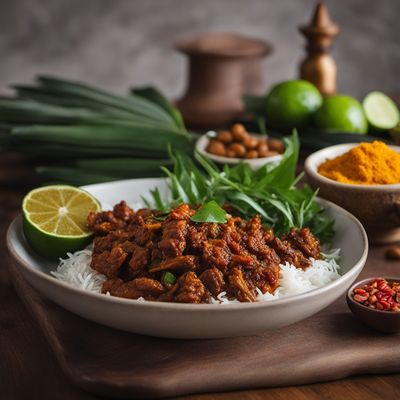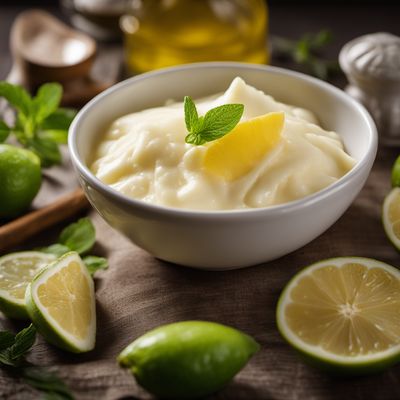
Ingredient
Functional vegetable margarines/fats
The Versatile Powerhouses: Functional Vegetable Margarines/Fats
Functional vegetable margarines/fats are plant-based alternatives to traditional animal fats, such as butter or lard. They are typically made from vegetable oils, such as soybean, canola, or palm oil, which are hydrogenated or blended with other ingredients to achieve desired characteristics. These margarines/fats come in various forms, including solid sticks, spreads, or liquid oils, and are widely used in baking, cooking, and food manufacturing. They have a smooth and creamy texture, making them easy to spread or incorporate into recipes. In terms of appearance, they can range from pale yellow to white, depending on the specific formulation and ingredients used.
Origins and history
The development of functional vegetable margarines/fats can be traced back to the early 20th century when the demand for plant-based alternatives to animal fats started to rise. The invention of hydrogenation, a process that converts liquid vegetable oils into solid fats, revolutionized the margarine industry. Over the years, advancements in technology and research have led to the creation of functional margarines/fats with improved nutritional profiles, reduced trans fats, and enhanced functionality.
Nutritional information
Functional vegetable margarines/fats are a good source of healthy fats, including monounsaturated and polyunsaturated fats. They are typically low in saturated fats and cholesterol-free. However, it is important to note that the nutritional composition may vary depending on the specific brand and formulation.
Allergens
Functional vegetable margarines/fats may contain soybean or other allergens, so individuals with soy allergies should check the ingredient list before consuming.
How to select
When selecting functional vegetable margarines/fats, look for options that are made from high-quality vegetable oils and have minimal additives or preservatives. Opt for products that are labeled as trans fat-free and have a low saturated fat content. Additionally, consider the specific application you have in mind, as different margarines/fats may have varying melting points or functionalities.
Storage recommendations
To maintain the freshness and quality of functional vegetable margarines/fats, store them in a cool, dry place away from direct sunlight. Solid margarines/fats can be kept in the refrigerator, while liquid oils should be stored in a dark, airtight container to prevent oxidation.
How to produce
While producing functional vegetable margarines/fats on a commercial scale requires specialized equipment and processes, amateur chefs can experiment with making their own plant-based spreads by blending high-quality vegetable oils with emulsifiers and flavorings.
Preparation tips
Functional vegetable margarines/fats can be used as a direct substitute for butter or other fats in most recipes. They are particularly useful in baking, as they provide moisture, tenderness, and a desirable texture to baked goods. When using margarines/fats in cooking, consider their melting point and adjust cooking temperatures accordingly. Additionally, keep in mind that margarines/fats with higher fat content may yield richer and more flavorful results.
Culinary uses
Functional vegetable margarines/fats are widely used in baking, pastry-making, and cooking. They can be used to make flaky pie crusts, tender cakes, cookies, and pastries. In cooking, they can be used for sautéing, frying, or as a base for sauces and dressings. Their versatility makes them a staple in both sweet and savory recipes.
Availability
Functional vegetable margarines/fats are commonly available in grocery stores, supermarkets, and specialty food stores worldwide.
More ingredients from this category
Recipes using Functional vegetable margarines/fats » Browse all

Latvian-style Cheesesteak
Riga Cheesesteak: A Latvian Twist on a Classic American Dish

Singaporean Chilli Crab Recipe
Fiery Delight: Singaporean Chilli Crab

Chinese-style Şakşuka
Savory Eggplant and Tomato Stir-fry

Omani Sweet Vermicelli (Balaleet)
Arabian Delight: Omani Sweet Vermicelli (Balaleet)

Ajilimójili Rendang
Spicy Peanut Rendang with a Malay Twist

Authentic Mexican Chicken Tamale Recipe
Savory Delights: Traditional Mexican Chicken Tamale

Harsha with Honey and Almonds
Golden Semolina Pancakes with a Sweet Nutty Twist

Circassian Pulao
Savory Circassian Rice Delight

Gheymeh Nesar - Persian Saffron Meat Stew
Golden Delight: A Flavorful Journey into Persian Cuisine

Javanese-style Spicy Shrimp Stew
Sambal Udang: A Fiery Delight of Javanese-style Spicy Shrimp Stew

Salli Boti - Spicy Indian Lamb Curry with Potato Straws
Fiery Delight: Salli Boti - A Spicy Lamb Curry Infused with Crispy Potato Straws

Peruvian Coq au Vin
Inca-inspired Chicken in Red Wine Sauce
